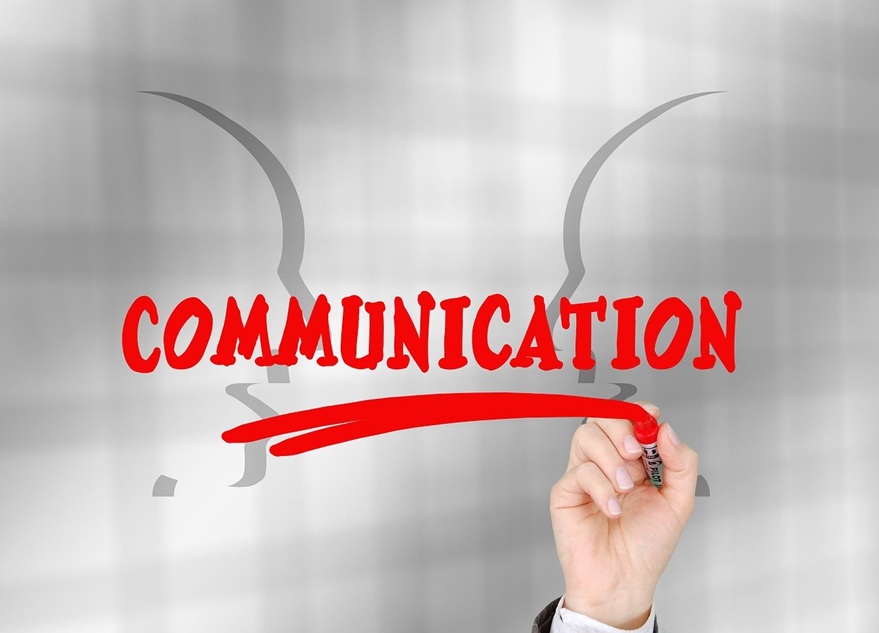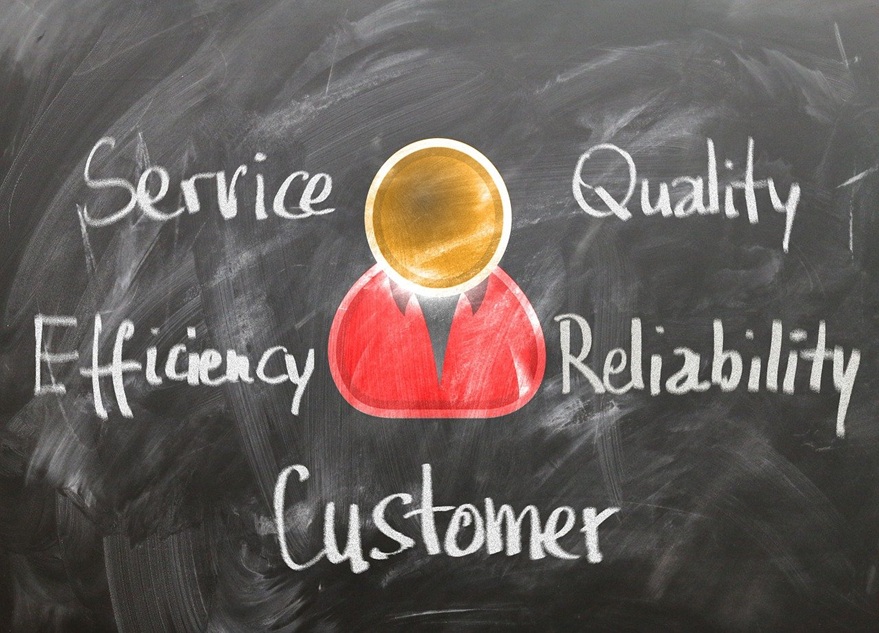Customer communication has evolved significantly over the years. Businesses now have two primary options for reaching their customers: digital communication, which includes emails, social media, and chatbots, and personal interaction, such as phone calls, face-to-face meetings, or personalized notes. Each approach has its strengths and limitations, and finding the right mix is crucial for building meaningful customer relationships. This blog will help you with 10 key points to determine which method—or combination of methods—works best for your business.
💡 Are you looking for Coworking space in Gurgaon, Noida or Delhi? We are just a call away.
Call Now: 08999 828282
10 Key Points to Determine Which Method is The Best to Communicate with Your Customers
- Understanding Your Audience
- The Power of Digital Communication
- The Warmth of Personal Interaction
- Cost-Effectiveness of Digital Communication
- Trust-Building Through Personal Touch
- Scalability of Digital Channels
- Blending the Two for Best Results
- Customer Feedback Preferences
- Adapting to Situational Needs
- Evolving with Customer Expectations

1. Understanding Your Audience
Every business caters to a unique customer base. Younger audiences, who are often tech-savvy, tend to prefer quick digital communication methods like social media or instant messaging. Meanwhile, older generations might feel more comfortable with personal phone calls or in-store interactions. Understanding your customers’ preferences is the foundation of effective communication.
2. The Power of Digital Communication
Digital communication excels in speed and convenience. Emails, chatbots, and social media platforms enable businesses to connect with customers instantly, anytime and anywhere. This makes digital tools ideal for handling routine tasks, such as answering FAQs, providing updates, or sharing promotions. They save time for both businesses and customers while maintaining efficiency.
3. The Warmth of Personal Interaction
Personal communication, on the other hand, brings a human touch that digital methods can’t replicate. Whether it’s a heartfelt phone conversation or a face-to-face meeting, personal interactions show customers that they are more than just a number. This approach is particularly valuable for addressing complex issues, resolving complaints, or fostering long-term loyalty.
Also Read: Best Communication Strategies to Improve Employee Retention
4. Cost-Effectiveness of Digital Communication
For businesses looking to minimize expenses, digital communication is often more budget-friendly. Sending bulk emails or maintaining a chatbot costs significantly less than hiring staff for personal communication. Automated systems can handle a high volume of queries, making digital tools ideal for small and medium-sized businesses with limited resources.
5. Trust-Building Through Personal Touch
Building trust is critical for customer loyalty, and personal communication is often the best way to achieve it. A personalized thank-you note or a friendly call to check in on a customer’s experience can leave a lasting impression. Customers who feel valued are more likely to return and recommend your business to others.
6. Scalability of Digital Channels
Digital platforms shine when it comes to scalability. A single social media post can reach thousands of followers, and automated email campaigns can engage an entire customer base with minimal effort. This makes digital channels indispensable for businesses with large audiences or those looking to expand quickly.
7. Blending the Two for Best Results
A hybrid approach often provides the best results. Use digital communication for efficiency and reach, but don’t forget to incorporate personal touches where they matter most. For instance, while you might use an automated system to confirm appointments, following up with a personal call or message can make the experience feel more thoughtful.
8. Customer Feedback Preferences
When gathering customer feedback, digital tools like surveys, online polls, and review platforms make it easy to collect data. However, personal interviews or focus groups can provide deeper insights into customer behavior and preferences. Choosing the right method depends on whether you need broad feedback or in-depth understanding.
💡 SMBs looking for HR, Marketing, Technology and Funding solutions for their business.
Call Hello Jarvis 994 8000 800
9. Adapting to Situational Needs
Certain situations require a specific communication style. For example, resolving complaints or negotiating business deals often benefits from personal interaction, where empathy and tone can be better conveyed. In contrast, routine updates or promotional messages are more efficiently handled through digital channels.
10. Evolving with Customer Expectations
Customer preferences are constantly changing as technology advances. Some may initially prefer personal interactions but gradually shift to digital as they become more comfortable with new tools. Staying up to date with trends and continuously refining your strategy will ensure you meet your customers’ evolving expectations.
In the discussion of digital versus personal communication, the key isn’t to choose one over the other but to find a harmonious balance. The ultimate goal is to ensure that your customers not only hear you, but feel heard, valued, and connected to your brand. For businesses looking to enhance communication and collaboration within their teams, The Office Pass (TOP) provides flexible, modern coworking spaces designed to foster better teamwork, innovation, and productivity. With its dynamic, hybrid workspaces, The Office Pass empowers teams to collaborate seamlessly, making it the ideal environment for businesses looking to thrive in today’s fast-paced, collaborative world. Call us at 08999 828282.
FREQUENTLY ASKED QUESTIONS (FAQS):
Question: What is digital communication in customer service?
Answer: Digital communication refers to interacting with customers through online channels like email, chat, social media, or apps. It’s fast, accessible, and allows businesses to reach customers globally.
Question: What is personal communication in customer service?
Answer: Personal communication happens face-to-face or over phone calls. It focuses on building trust and emotional connection by addressing customer needs directly.
Question: Which communication method is better for quick responses?
Answer: Digital communication is better for quick responses. Automated systems like chatbots or instant messaging allow businesses to answer common questions within seconds.
Question: When is personal communication more effective?
Answer: Personal communication is better for handling complex or sensitive issues. It allows for deeper understanding and creates a more empathetic experience for the customer.
Question: Can digital communication feel personalized?
Answer: Yes, digital communication can feel personalized through tools like AI-powered chatbots, customized emails, and personalized app notifications tailored to customer preferences.
Question: Is personal communication outdated in a digital world?
Answer: Not at all. While digital channels are popular, personal communication remains important for building trust and loyalty, especially in industries where relationships matter.
Question: How can businesses balance digital and personal communication?
Answer: Businesses can balance both by using digital channels for efficiency and scalability, and reserving personal interactions for high-value or complex customer needs.
Question: Do customers prefer digital or personal communication?
Answer: It depends on the customer. Younger customers may prefer digital channels for convenience, while older customers might value personal interaction more. Businesses should offer both options to meet diverse needs.
Question: Is digital communication cost-effective?
Answer: Yes, digital communication is cost-effective because it allows businesses to handle multiple queries simultaneously and automate responses, reducing the need for large customer service teams.
Question: How can businesses improve customer communication overall?
Answer: Businesses should focus on understanding customer preferences, using digital tools for speed and efficiency, and offering personal interactions when needed to create a well-rounded communication strategy.









